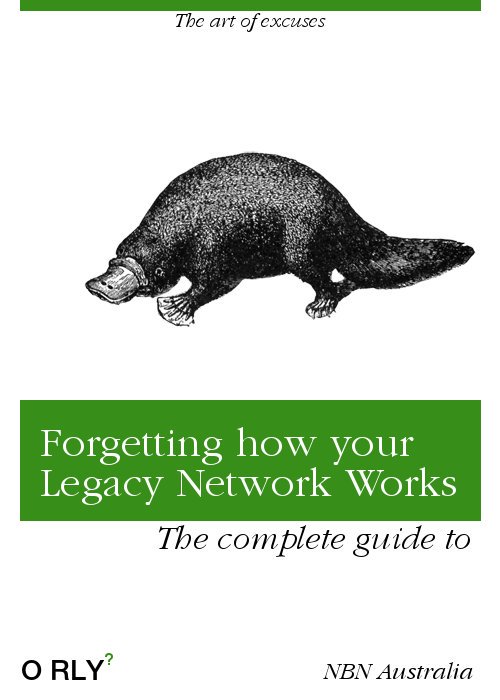
In the sprawling digital expanse of Legacyland, a realm woven from the cables and code of yesteryear, there existed a network so ancient, so convoluted in its design, that its very creators could scarcely recall its origins. This network, a relic of the early days of the digital age, had grown and mutated over the years, becoming a labyrinthine maze of routers, switches, and firewalls, each addition a bandage over the growing complexity.
Our tale centers on a seasoned DevOps knight named Jordan, the guardian of this network, who had inherited the mantle of its caretaker from the previous generation of IT wizards. Jordan, with years of experience battling bugs and quelling server rebellions, found themselves facing a foe unlike any other: the creeping amnesia of forgetting how their Legacy Network worked.
As Jordan navigated the dense thicket of legacy systems, a realization dawned upon them—the intricate knowledge of the network, once as familiar as the back of their hand, had begun to fade like mist in the morning sun. Each query and configuration change became a foray into the unknown, a delicate dance with the specters of the past.
"The art of excuses," Jordan muttered to themselves, a half-hearted jest to mask the growing unease. For in Legacyland, to admit ignorance of one's domain was to invite chaos, to lay bare the kingdom's defenses to the marauding bands of bugs and outages that lurked in the shadows.
And so, Jordan embarked on a quest not for knowledge new, but for knowledge lost. The Scroll of Documentation, long neglected and gathering dust in the vaults of the IT castle, became Jordan's grimoire, a source of arcane wisdom penned by the network's original architects. But the Scroll was incomplete, its pages torn and its diagrams faded, a testament to the folly of relying on memory and oral tradition alone.
With each passing day, the network revealed its secrets begrudgingly, like an ancient dragon hoarding its treasure. Jordan pieced together the puzzle, a patchwork of legacy protocols and forgotten configurations that spoke of an era when the digital realm was wild and untamed.
"The art of excuses" became Jordan's mantra, a shield against the inquiries and demands of the kingdom's inhabitants. "The network is temperamental, a creature of another age," they would say, or "The spirits of the system are displeased, requiring offerings of reboot and reconfiguration."
But amidst the trials and tribulations, Jordan found allies in the unlikeliest of places. A fellowship of DevOps knights, each a guardian of their own realm of legacy systems, came together, sharing tales of their adventures and the wisdom gleaned from battles won and lost. Together, they formed a council, a beacon of collaboration in the sea of forgotten lore.
And so, the tale of "Forgetting How Your Legacy Network Works" spread far and wide across Legacyland, a parable of resilience in the face of fading memory and the importance of documentation. It served as a reminder that in the ever-evolving world of technology, the past is a foundation upon which the future is built, and that the guardians of this legacy must be ever vigilant, ever learning, and ever ready to face the challenges of tomorrow with the wisdom of yesterday.
Jordan's journey taught them that while the art of excuses might mask the problem, the true art lay in uncovering the mysteries of the past, in ensuring that the legacy left for future generations was one of knowledge, understanding, and the courage to face the unknown.